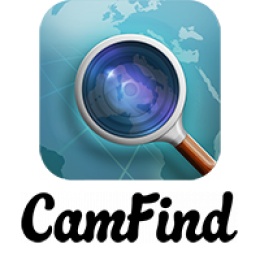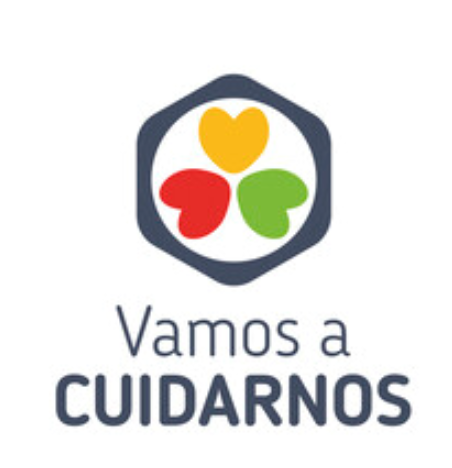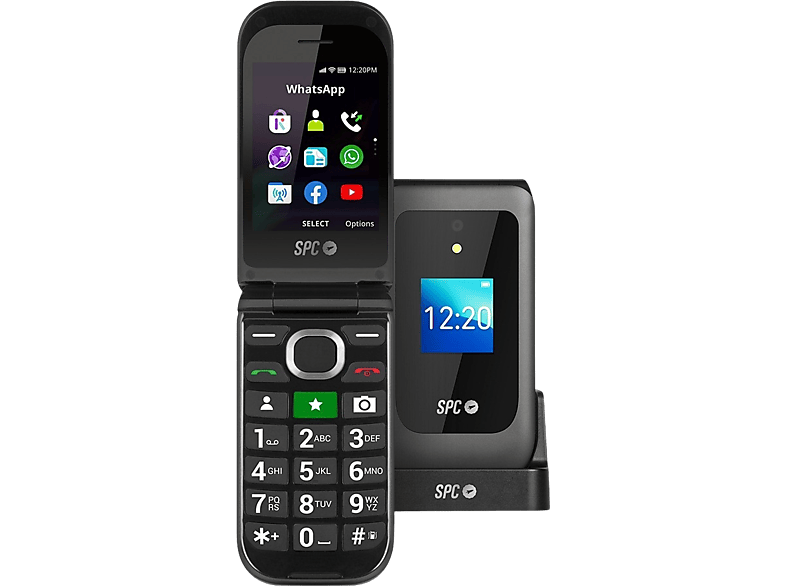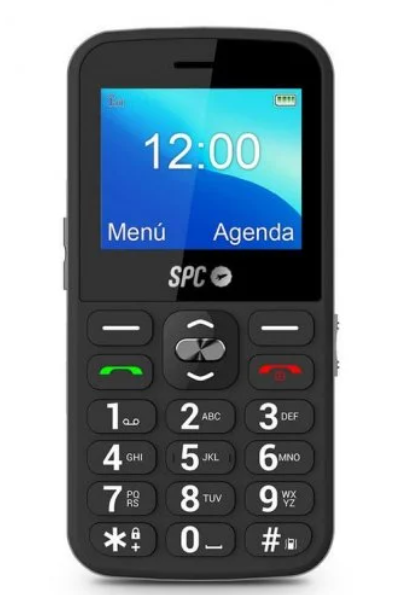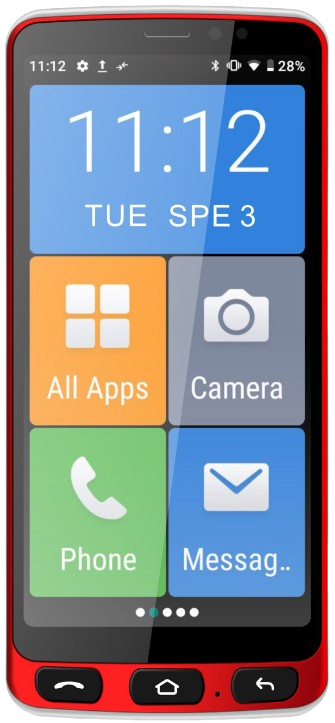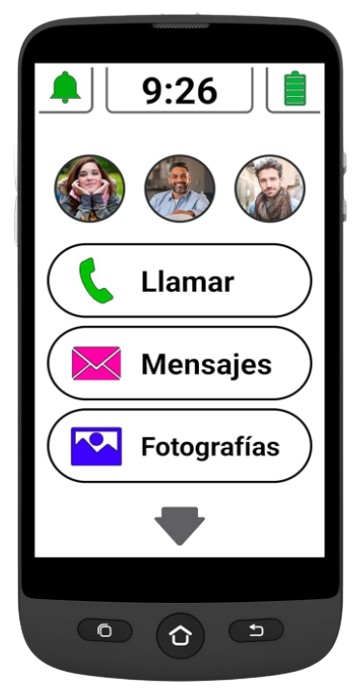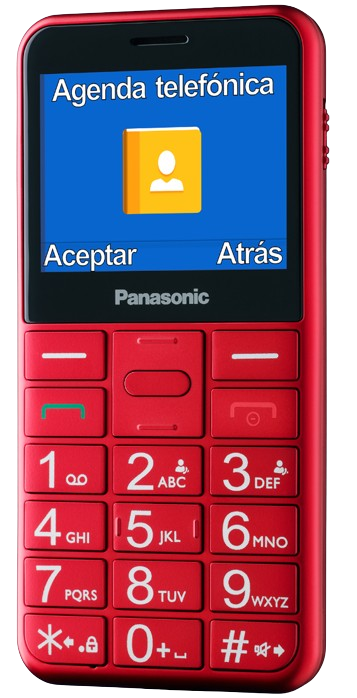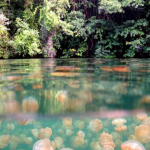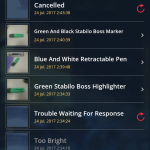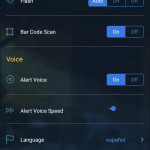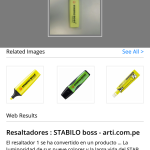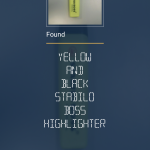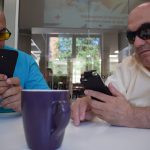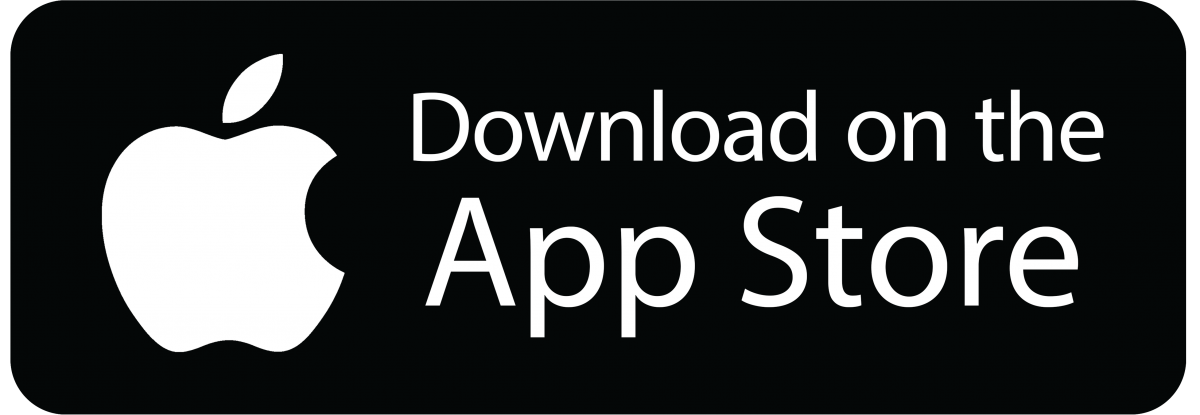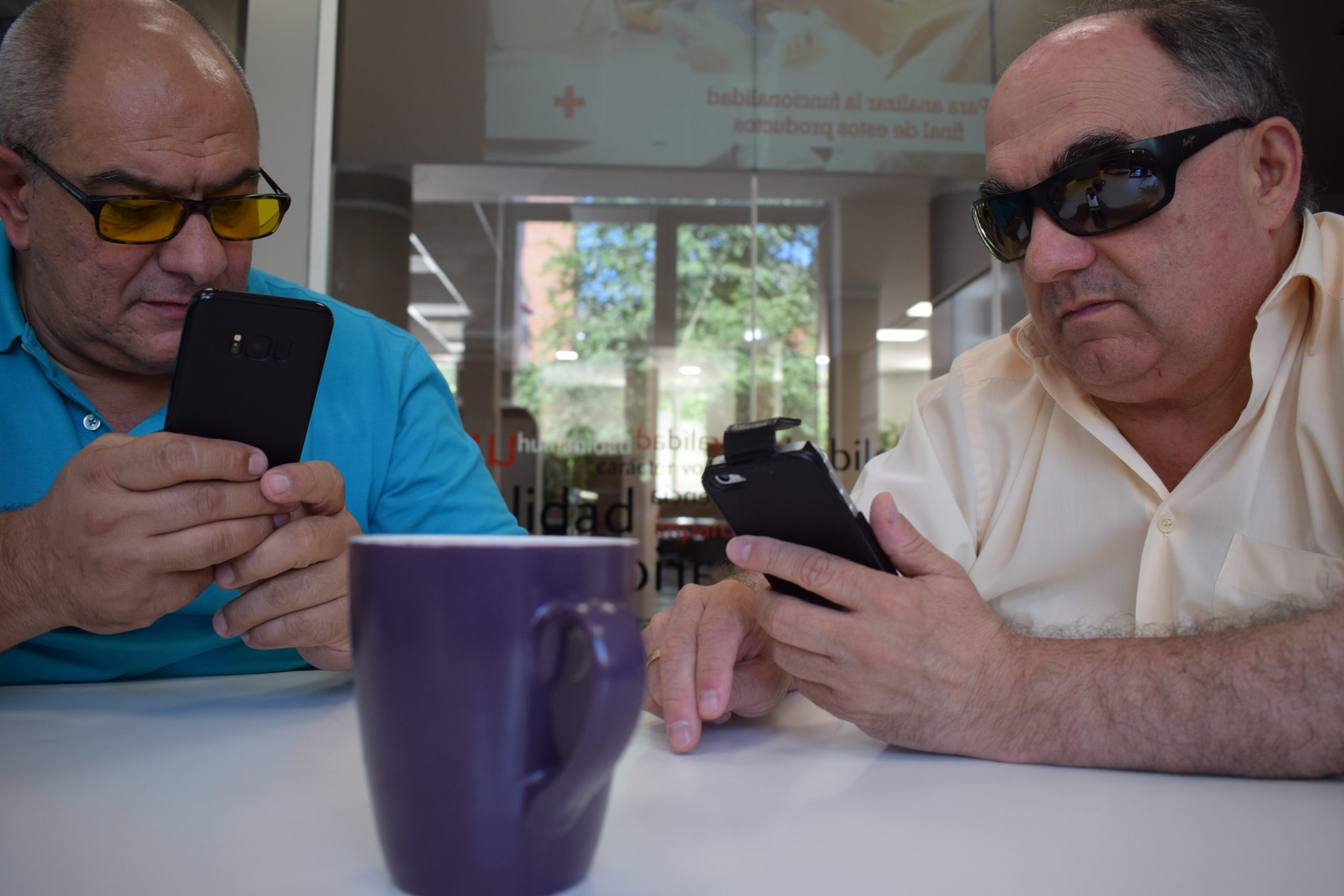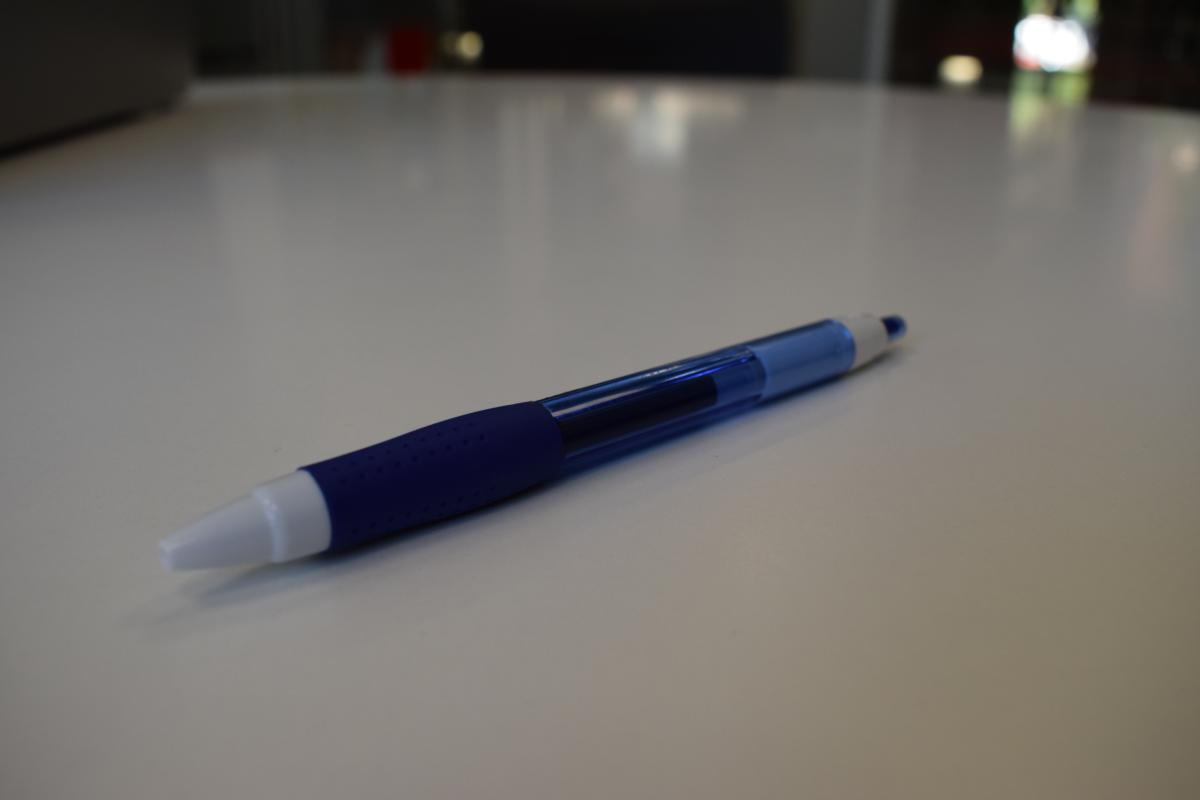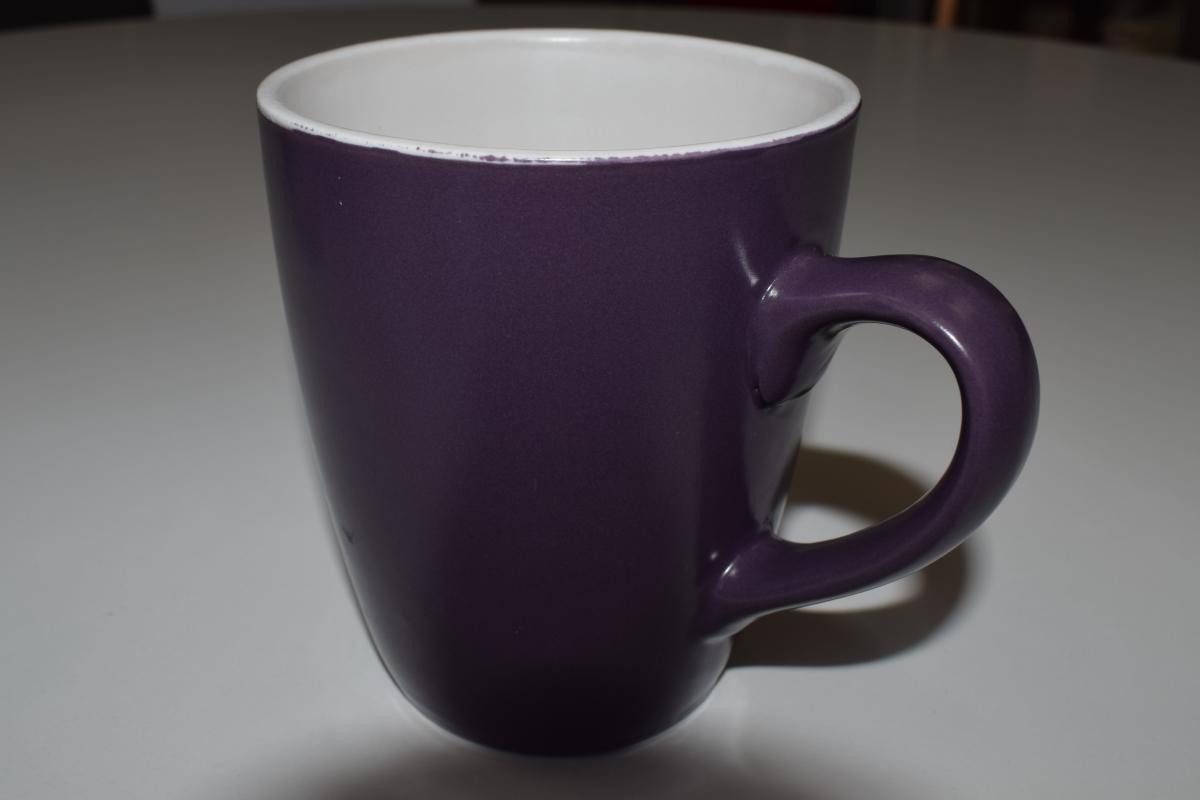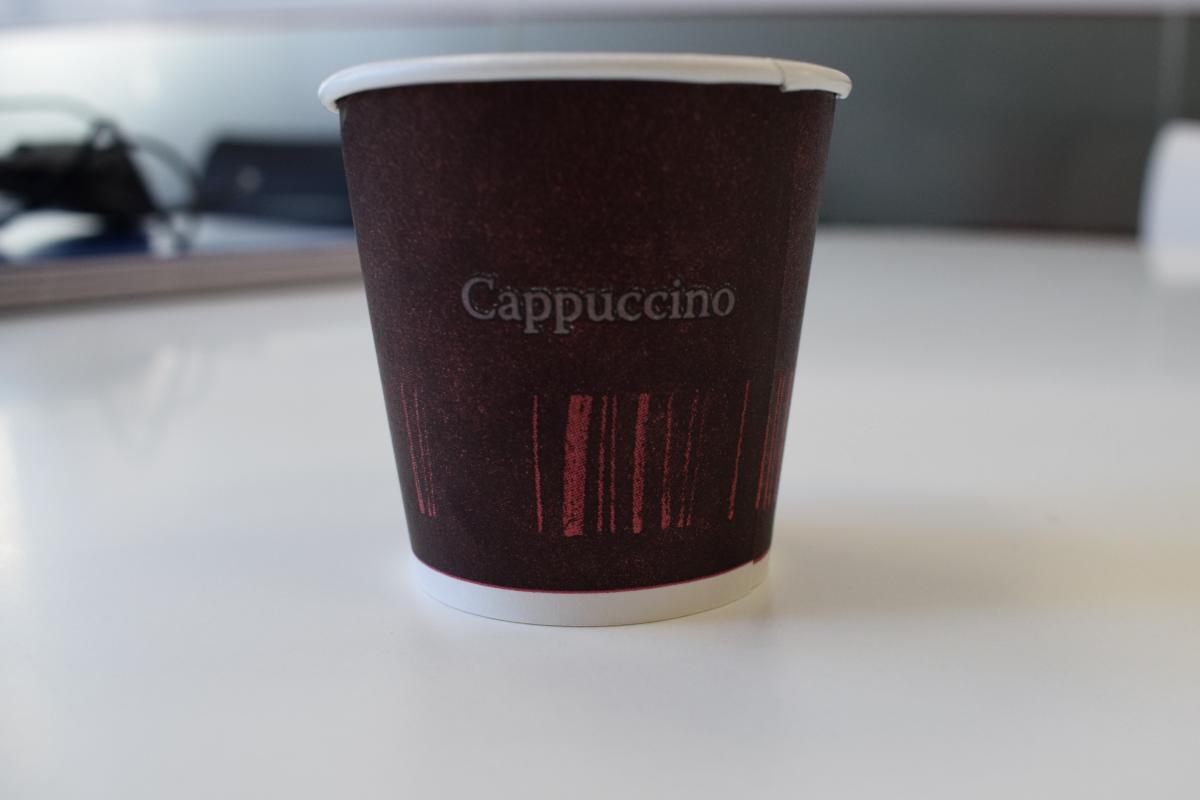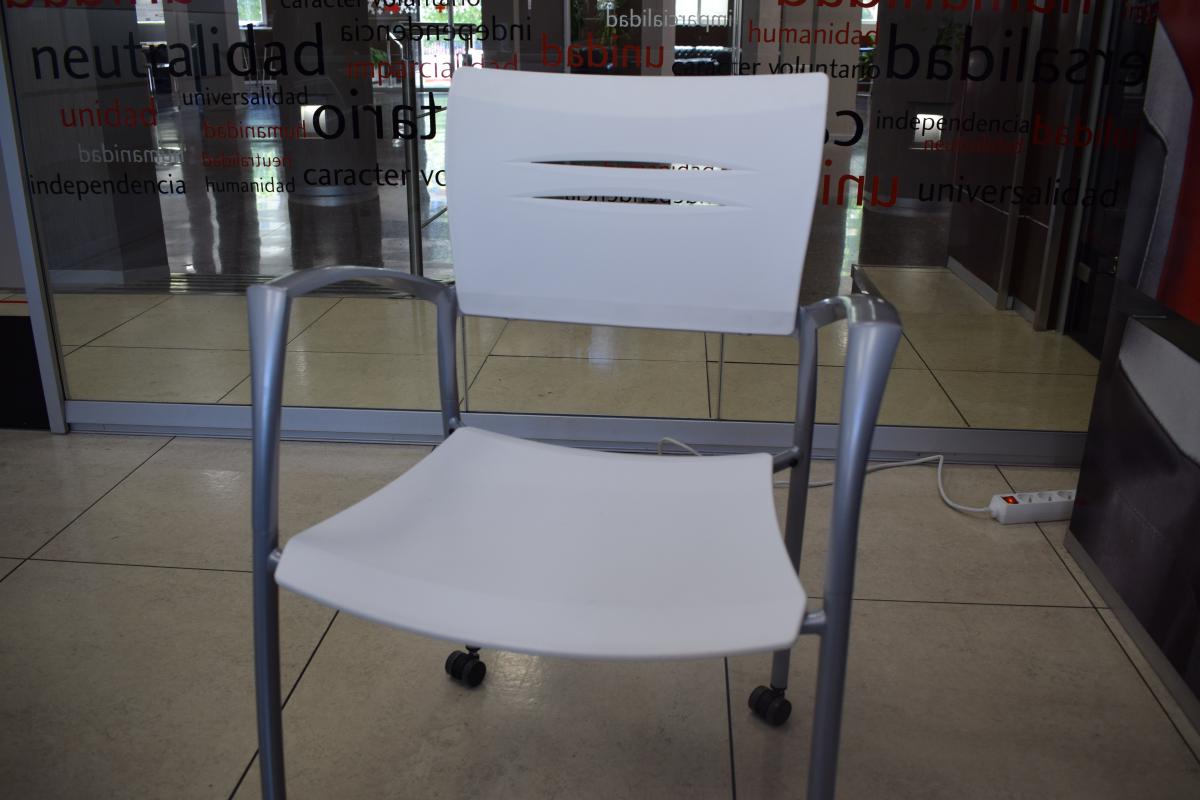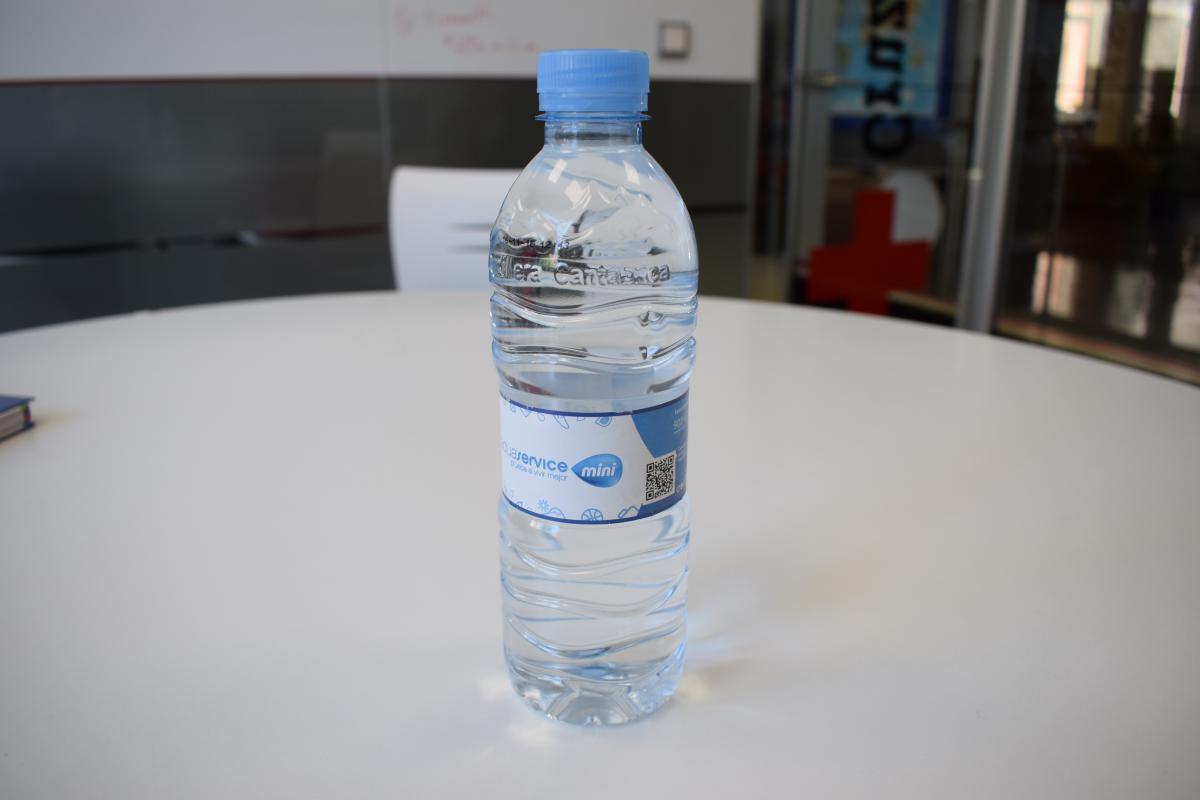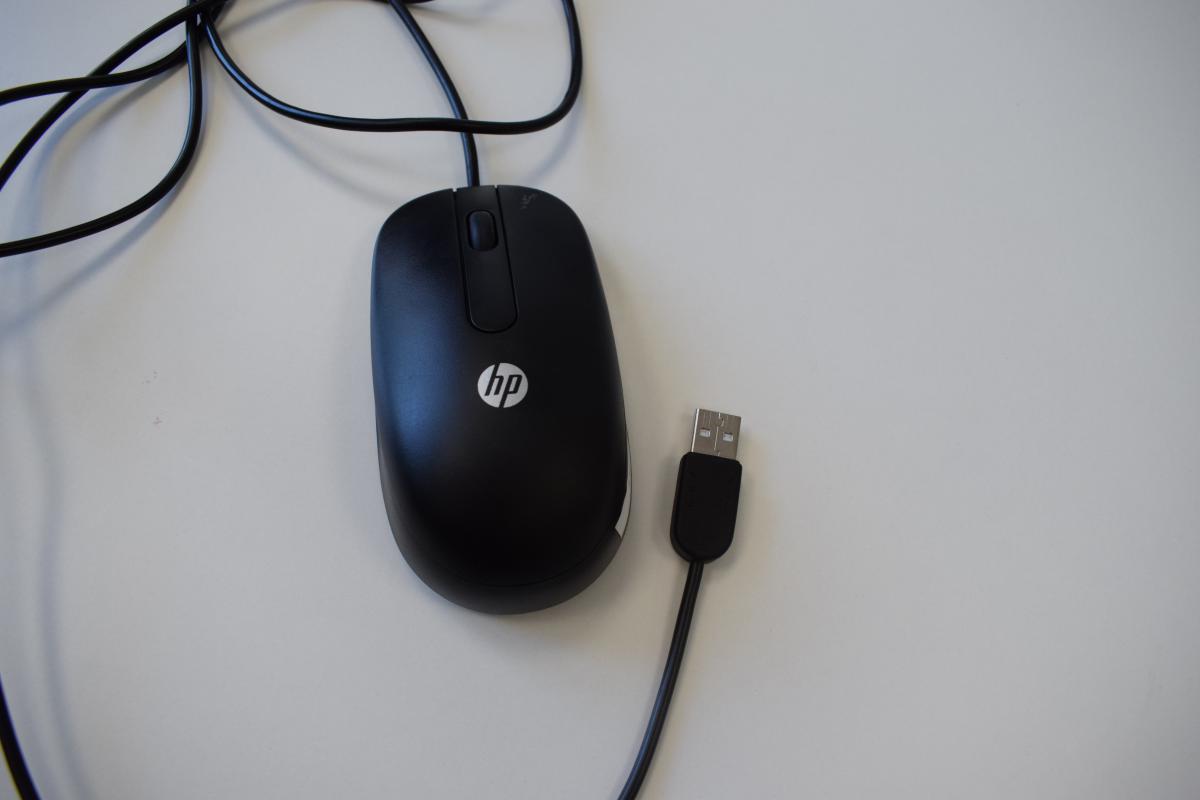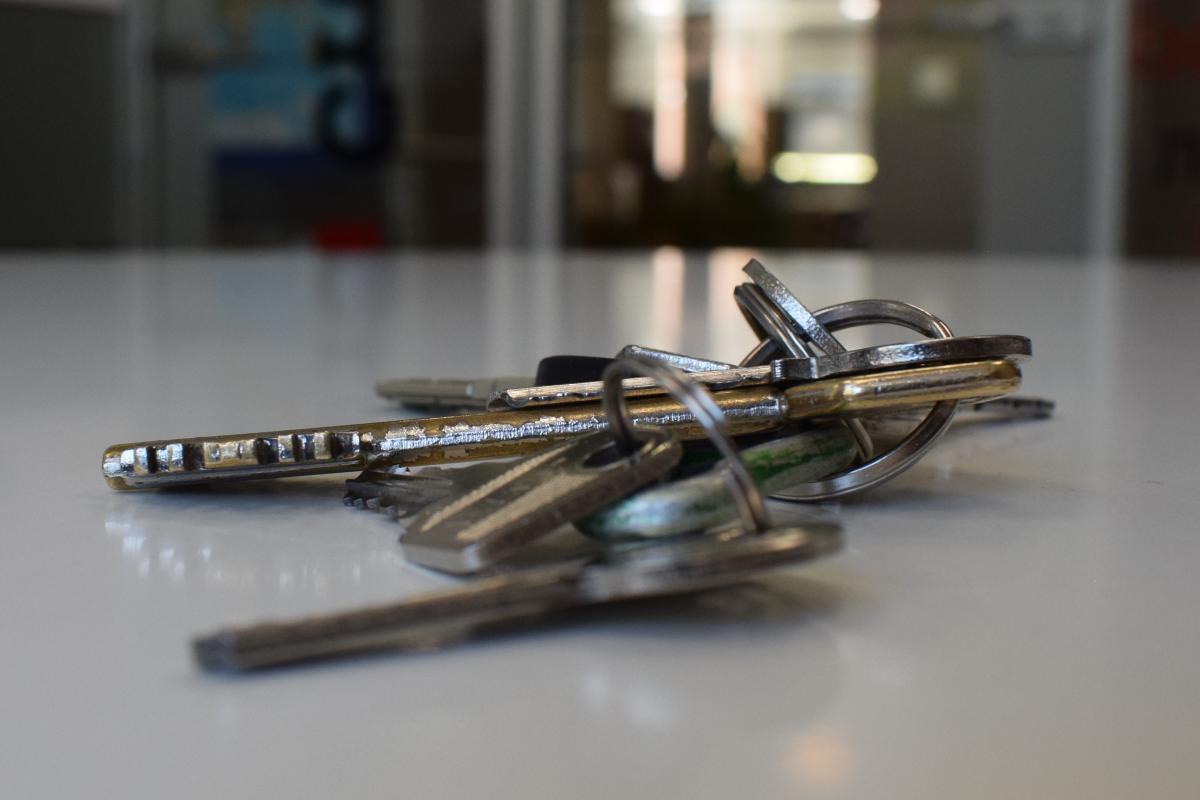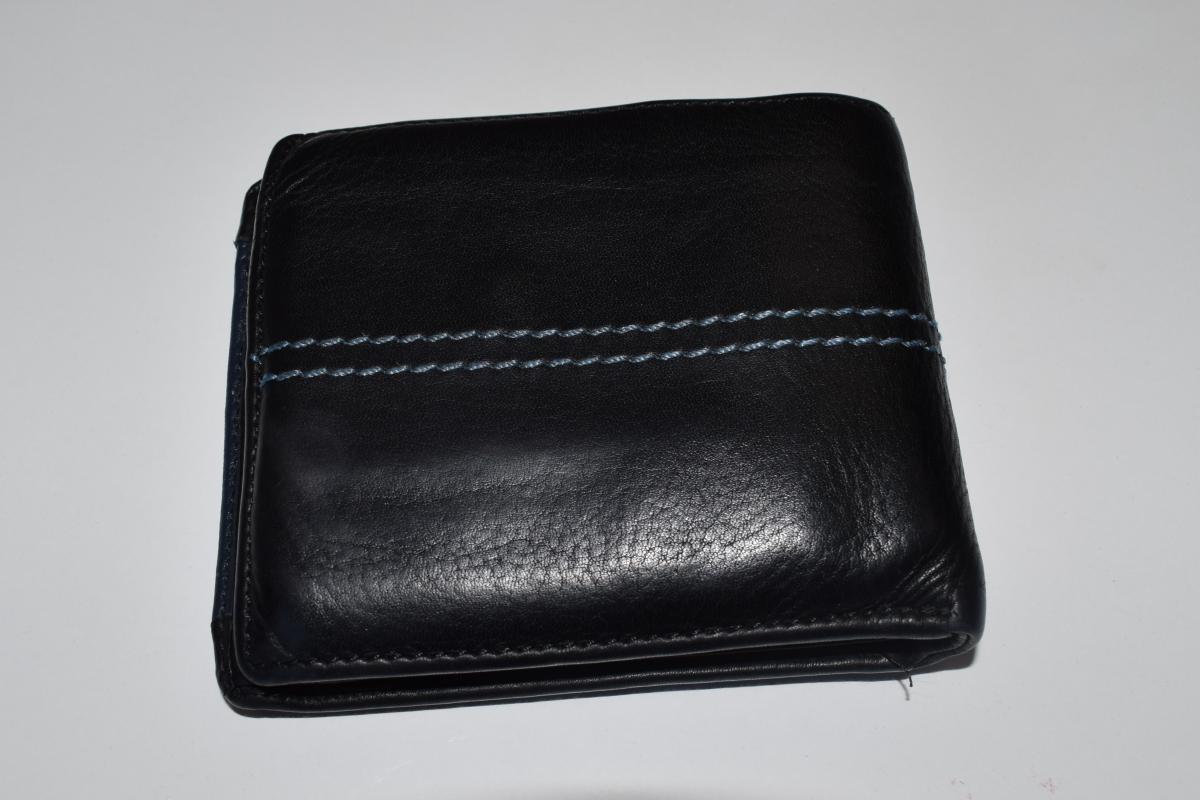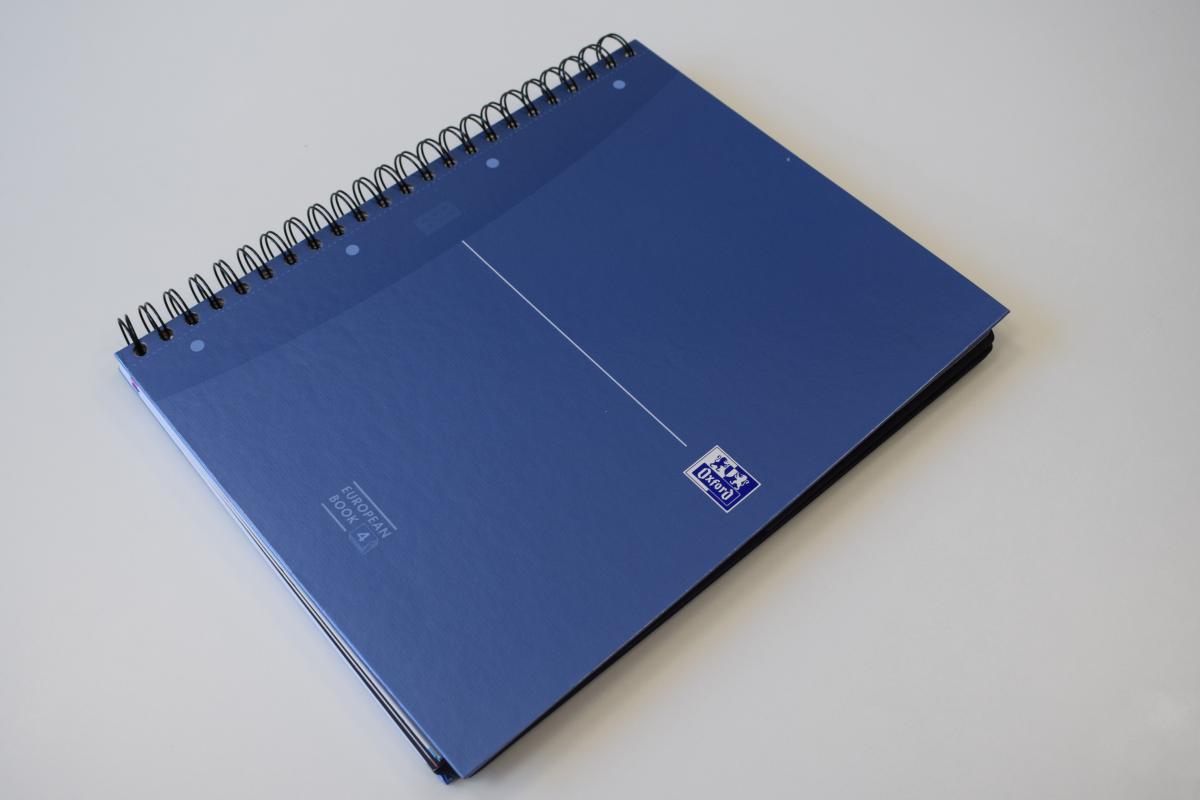In the technical verification we have worked with version 4.1.1 for Android, while one of our volunteers has tested the IOS version with the same characteristics in the social validation section.
The CamFind application is easily found on GooglePlay and is easy to install.
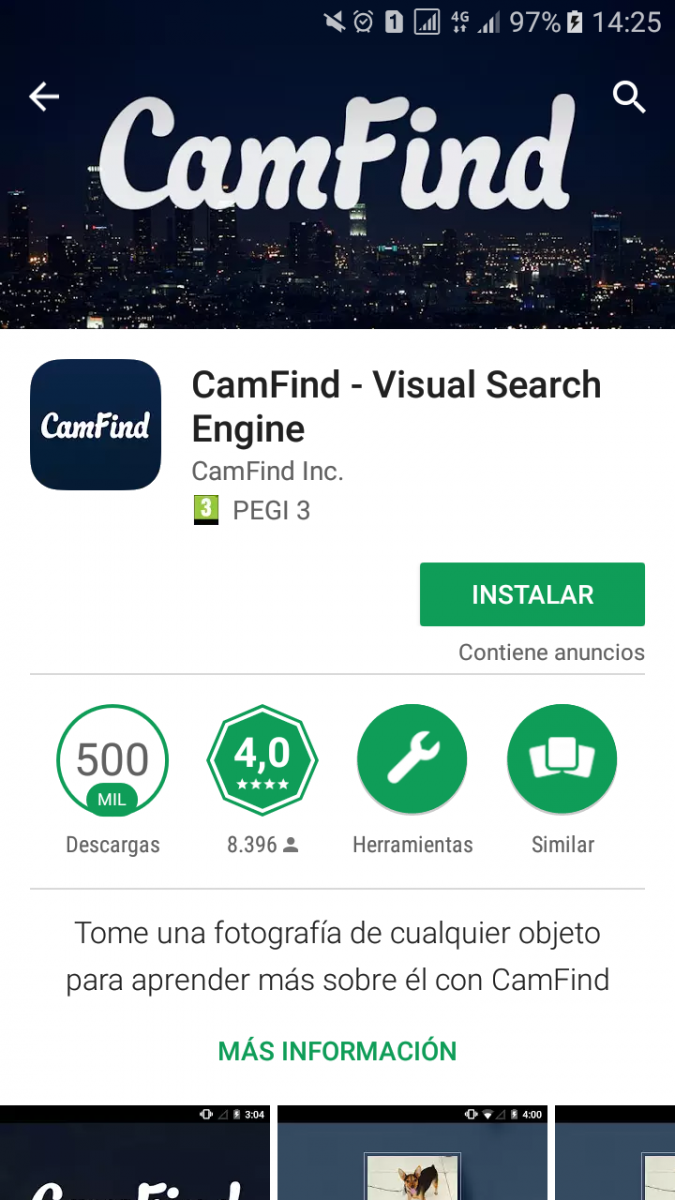
The CamFind application is in a way a commercial evolution of the Taptapsee application analyzed in this comparison.
This application has a more attractive design and a more successful identification of icons and functionalities, which makes it possible to be used by people with low vision, thereby expanding the number of users covered by Taptapsee.
Among other things, the fact that the group of people with reduced vision has been taken into account is perceived at the moment in which the activation of the Talkback or screen reader is not necessary for the voice identification of the analyzed objects. In turn, the font size of the results is larger.
The organization of functionalities in the menu is clearer, although we miss the translation of the menu into Spanish, a problem that is also latent in its use with a screen reader, where the labels are not translated despite having selected Spanish as language of use. It should be noted that the only time the selected language is transformed into Spanish is when the search result is offered.
The application has the following functionalities:
- Capture function: located in the lower central area of the screen, once activated it shows a button on the screen with a photo camera icon which allows the object to be identified to be photographed. In the upper left corner there is an option with the + symbol that allows you to select an image from the gallery of the phone itself for identification with the application.

- Stream: allows you to view images that other users have shared and rate them with a star or a heart. In our opinion, this functionality does not make much sense since it is only useful for users with total or very little reduced vision. To improve this functionality, we would propose that these types of users value photos that users with null or partial vision publish together with the identification offered by CamFind so that they can offer a second opinion on the identification.

- History: This functionality allows access to all the images identified by the application in the terminal in which it is installed, so that an analysis can be retrieved.
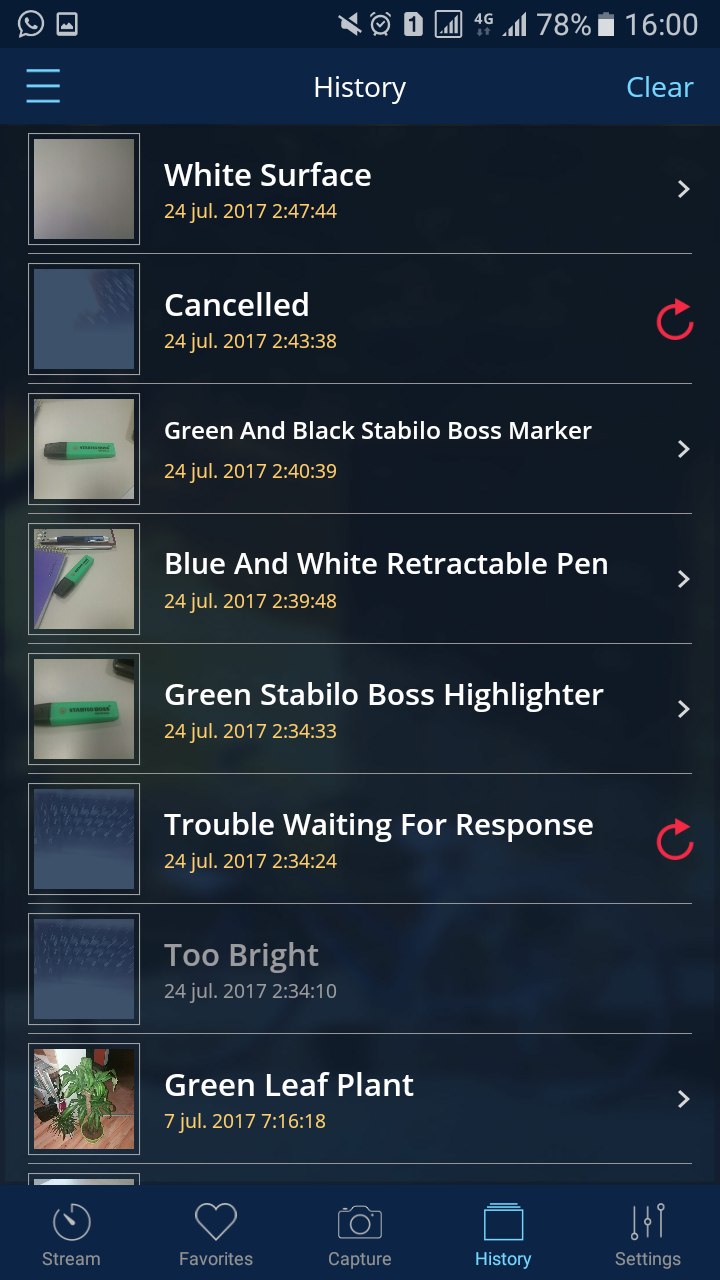
- Settings: allows you to modify some of the basic characteristics of the application, including the automatic activation and deactivation of the flash, the activation or deactivation of voice alerts or the language settings (only affects identification results).
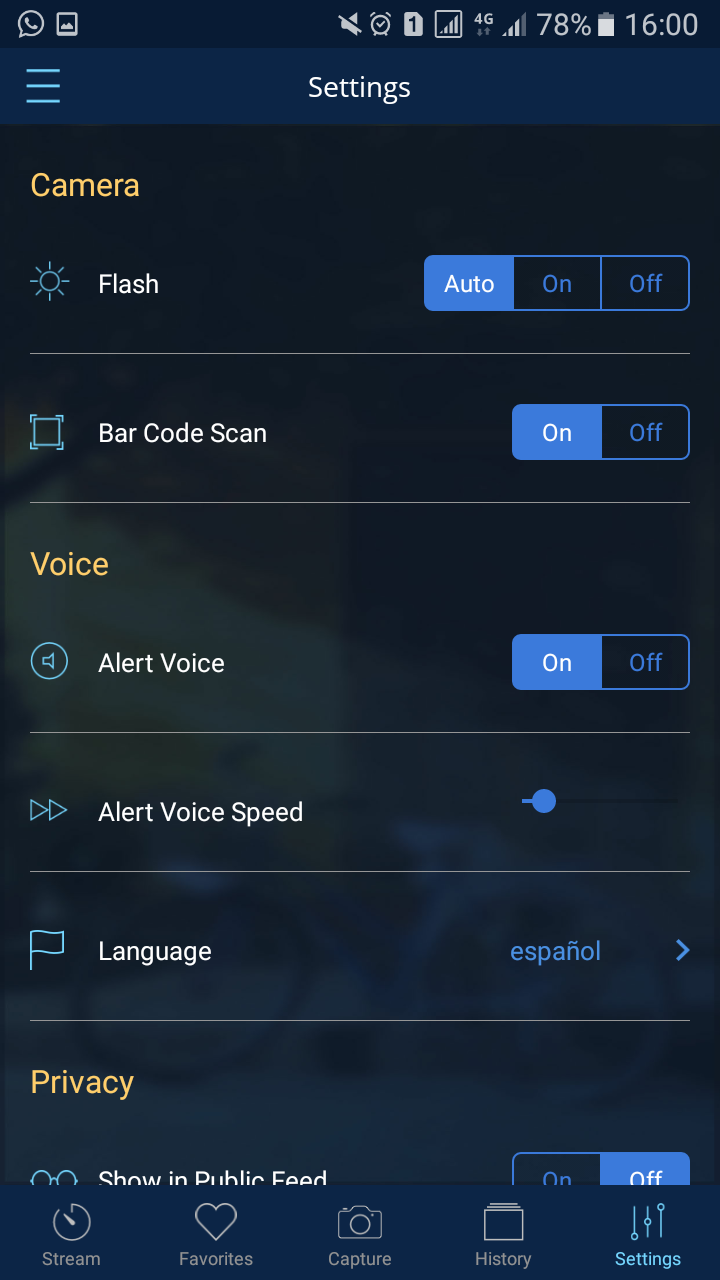
The following images show the process of identifying a yellow highlighter. First, a photograph is taken, then the application takes time to identify the object and present the result of the identification on the screen and reads the result through the application's voice synthesizer, finally, a third screen related to the commercial functionality of the application where links to websites where the product can be purchased are attached.
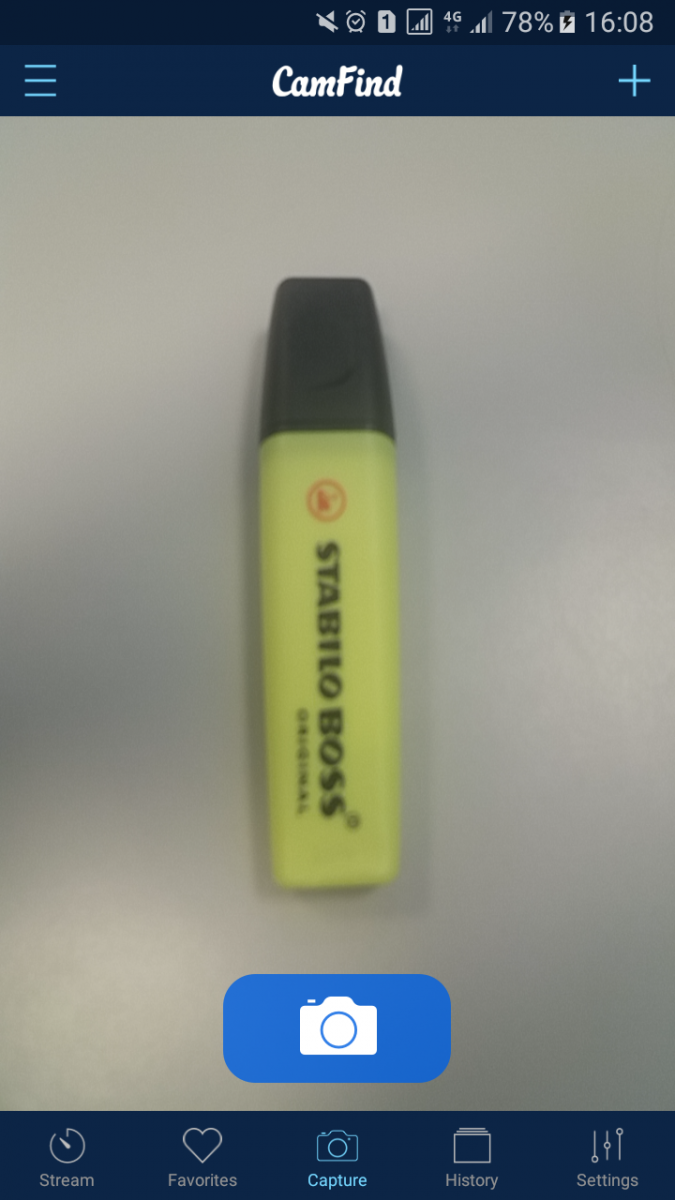

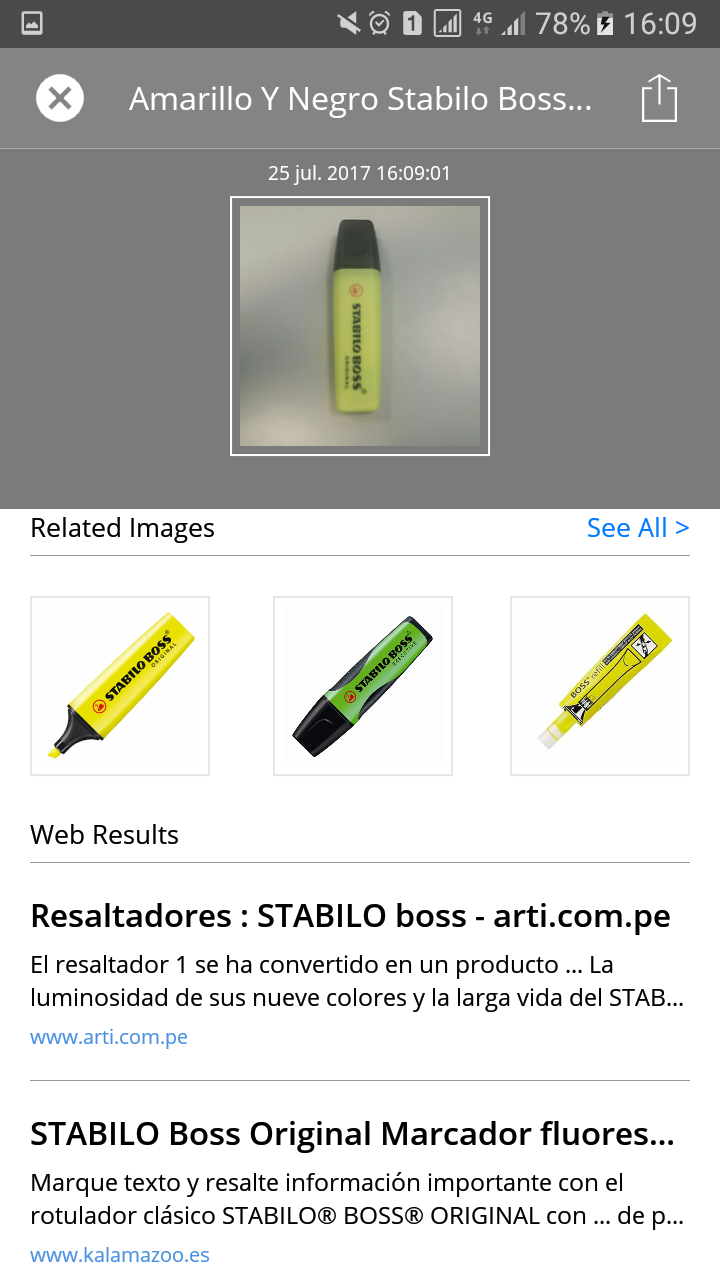
The image identification algorithm of this application is very good, and the waiting times are somewhat shorter than with Taptapsee.
The product search functionality for purchase in our opinion should be optional for the user who decides to activate it, since in some cases it may not be necessary and it can make the application in general have less usability and greater complexity.
In general, the application is highly reliable and has not generated any problem in the course of the tests carried out, we could say in turn that of the 3 applications analyzed it is the one that appears to have a greater technological maturity, managing to smooth out certain aspects that Aipoly does not they contemplate or that Taptapsee has yet to improve.
Highlights
- The quality of image identification coupled with the time spent in its identification is the most advanced for the 3 applications.
- The menus and functionalities are better organized and certain accessibility criteria are considered for people with reduced vision.
- It is the most mature and reliable in technological terms of the 3 applications analyzed in this comparison.
Improvement points
- It is recommended to translate all the menus and functionalities of the application into Spanish, both visually and their labels for screen readers.
- It is recommended that the online search functionality for the purchase of the identified product can be deactivated in such a way that users who do not want to use it deactivate it.
- It is advisable to allow the sharing of images with other users with full vision so that they can check the quality of image identification and provide second opinions.
The following table shows a comparison of the technical verification criteria of the 3 applications compared.
Comparison of technical verification criteria
| Criteria |
aipoly vision |
taptapsee |
Camfind |
| RELIABILITY |
. |
. |
. |
| SECURITY |
. |
. |
. |
| USABILITY |
. |
. |
. |
| FUNCTIONALITY |
. |
. |
. |
| MATURITY |
. |
. |
. |
| PORTABILITY |
. |
. |
. |
| UNDERSTANDING |
. |
. |
. |
| EASE OF ACQUISITION |
. |
. |
. |
| EASE OF INSTALLATION AND CONFIGURATION |
. |
. |
. |
| ACCESSIBILITY |
. |
. |
. |
| CONSUMPTION |
. |
. |
. |
| PRICE |
. |
. |
. |
| IMAGE IDENTIFICATION |
. |
. |
. |
